The ultimate kayaks developed by people living near the seas of the Arctic region.

From ancient times, spanning back thousands of years indigenous peoples living in far northern regions have fed on marine mammals including seals and whales, but also used various parts of their bodies, including the hides and blubber for everyday life purposes such as clothing and fuel. In order to hunt these marine animals, they combined wood and animal bones to make the skeleton of a small boat covered with fell to create compact skin boats called “kayaks.”
These small boats became the prototype for modern-day kayaks. These indigenous people equipped with water-resistant parkas made by stitching together seal and walrus intestines and weatherproof jackets made of leather, hunted their prey using bows and arrows as well as javelins made with animal bones and tendons.

David W. Zimmerly『Qayaq: Kayaks of Alaska and Siberia』(Univ of Alaska Press)
In order to capture sea animals, hunters had to get close to them quickly and silently, while protecting their bodies from the freezing ocean water. Unlike typical open-deck canoes, their kayaks were more mobile and featured a closed-deck shape to prevent flooding.
The rowers sat in small cockpits located in the front of the kayaks and kept their lower bodies contained while rowing with long narrow paddles to move forward.

From “Qayaq: Kayaks of Alaska and Siberia.” A blueprint of a one-hole kayak.
While members of the Inuit and Eskimo tribes living in Greenland and eastern Alaska developed narrow kayaks that were optimal for hunting wild animals along coastal areas, the Aleut, a native people of the Aleutian Islands, which span from the western portion of Alaska to the Kamchatka Peninsula, developed their own original style of kayak which possessed a high loading capacity in order to transport the seals, whales, sea lions, walruses, and sea otters they hunted across the open ocean.
The kayaks, which were made from leather and featured a distinctive forked bow, were later given the name “baidarka” by Russian explorers who traveled to Alaska during the 17th century.

A replica baidarka on display at the “Canoe Museum” in Shimane Prefecture. This baidarka is referred to as a “Kodiak style one-hole skin-on-frame kayak” that was originally used by Pacific Eskimos living near Kodiak Island.
Surrounded by the severe environment of the Aleutian Islands where the windy tundra climate prevented large trees from growing, the native Aleut people took advantage of driftwood timber and living marine resources to survive in their everyday lives. Their hunting techniques on the rough waters of the Bering Sea, where they were met with heavy winds and thick fog, were excellent, and it was the Russians who ventured out to Alaska during the 18th century for the purpose of collecting the abundant furs that were available, that witnessed them first-hand. The Russian traders, who established hunting and trading bases in the same region, confiscated the Aleuts’ baidarkas and forced the natives to hunt sea otters for them.
At the request of the Russians, two-hole and three-hole baidarkas, were later developed. However, due to unregulated overhunting the marine resources gradually began to deplete, and the spread of foreign diseases resulted in the sudden decline of the native Aleut population. At the beginning of the 18th century there were approximately 25,000 Aleuts on the archipelago, and by 1911, when the hunting of sea otters became prohibited, that number had decreased to approximately 1,500. With the passing of the majority of baidarka craftsman and rowers, the culture nearly went extinct by the end of World War II.

From George B. Dyson’s “Baidarka: The Kayak” A lithograph print by F.A. Tippet from “Harper’s Magazine” published in January 1906.
However, during the 1970s, a man by the name of George B. Dyson, son of the theoretical physicist Freeman Dyson, helped revive the lost culture of baidarka-style kayaks. Dyson, who lived in a tree house in a forest in British Columbia first learned about the existence of the baidarka through a book that he read and quickly became interested in them.
He completed the construction of his first baidarka when he was 19 years old and traveled back and forth along the Inside Passage, a coastal route that runs along southeastern Alaska.


From George B. Dyson’s “Baidarka: The Kayak” A shot of Dyson in 1972 during the production of the giant 48-foot, 6-person baidarka, “Mount Fairweather.”
What fascinated Dyson the most was the baidarka’s spatial structure that was developed and refined over the years by Aleut hunters and featured optimal fluid mechanics for use on water. After extensive research and practice, he developed an original baidarka using modern materials by applying an aluminum alloy frame with nylon fabrics.
In 1985, he published his first book, “Baidarka the Kayak” in which he described his research on the history of the Aleut kayak and instantly brought great attention to baidarkas among kayak enthusiasts.

George B. Dyson’s “Baidarka: The Kayak” (Joho Center Publishing)


The 3-hatch baidarka manufactured by George B. Dyson that is on display at the “Canoe Museum” in Shimane Prefecture..
Dyson’s efforts helped launch a revival of baidarkas, and today they are widely studied and used by researchers and enthusiasts alike. One of them, widely considered the leading figure in baidarka research in Japan, is Ikunori Suzawa of EL COYOTE, who works on restoring traditional canoes and kayaks in Shimonoseki of Yamaguchi Prefecture. After discovering kayaks while traveling with a rear-car trailer and bicycle during his youth, Suzawa began manufacturing his own kayaks. It was nearly 25 years ago when an Alaskan kayak builder taught him how to build a traditional baidarka he made a shocking discovery.
“In the beginning, I honestly thought that the kayak, which was originally developed by Eskimos who lived in severe environments, was going to be something that was poorly made, but I was sorely mistaken. The refined shape and structure are stunning of course, but the production of a traditional Aleut baidarka requires a high level of knowledge and technique. Builders must first fully understand the properties of the wooden materials. Simply copying the exterior configuration of the kayak is easy, but the structure and features can vary significantly depending on the type of wood used.”



Ikunori Suzawa’s studio where he manufactures baidarkas.
The wood used to build the frame of a baidarka is primarily from coniferous trees, such as the Jest Spruce, Western Red Cedar, and Yellow Cedar. The Aleut peoples who lived on islands in the Arctic region where large trees could not grow took full advantage of fallen trees from temperate rainforest regions that rode the ocean currents and washed ashore.
“The shape of the baidarka kayak features curved lines, so it is necessary to find and use wood with grains that matched the curved designs. Building a baidarka by using wood that has grains that don’t align properly can cause the frame to break when riding over large waves and would have placed the rowers at risk of falling out into the water.
Figuring out how to use every part of the tree, as material for the kayak and assembling it is what makes the manufacturing process so challenging. The builder must constantly be conscious of the overall balance while paying close attention to the properties of the wood, like its curves and malleability, while constructing the structure. A kayak generally weighs between 25-30 kg, but most Aleut baidarkas only weighed between 8-10 kg. A lightweight body and easy maneuverability is required in a baidarka, so I make sure to only select materials that are sufficiently durable. Naturally, a builder must also have an abundance of experience on the sea as well.”

A knife with a curved blade, referred to as a clocked knife or Indian knife, and a grinding stone used to sharpen the blade.

By coming into contact with many old baidarkas throughout his career and conducting extensive research by diligently observing each detail of the different structures, he was able to discover characteristics that aided the manufacturing of his own original baidarka kayaks. Working hard in the studio that was built inside his own home, Suzawa has manufactured approximately 50 baidarkas to date.
“In addition to handling curved blades to make a baidarka, it’s also necessary to make a curved grinding stone. Even just learning how to get a good command of the tools takes a considerable amount of time. If you look closely at the hull cloth of old baidarkas, you can see that there are at least 5 or 6 different types of intricate seams, but today it’s impossible to reproduce that stitching style unless you make the same type of needle that was used in the past. There is also a stitching method where the seams don’t appear on the outer surface in order to improve its resistance to water. One can truly sense the incredibly high level of technique that the Aleut possessed.”


The paddles used by the Aleut peoples have two sides, which is rare for paddles used by indigenous people, and features a ridge in the center of the back surface of the blade.
The efficiency of the baidarka, which takes time to manufacture, holds up against modern kayaks that are designed with logic and reason via the use of computers, however the riding comfortableness between “existing plastic kayaks and traditional baidarkas is completely different.”
“The extraordinarily flexible frame of the baidarka creates a riding sensation as if you’re floating in the air. What’s interesting is that many people describe the feeling of riding a baidarka to be similar to ‘being in a woman’s womb.’ I asked someone about this who had conducted research on the traditional language of the Aleut peoples, and they informed me that the word for the components of the baidarka was actually the same as their word for female genitalia.”


The Aleut peoples’ kayaks, which they used for travel across the seas over heavy crashing waves, no longer exist as part of their daily lives, and the hulls themselves have decomposed into microorganisms and disappeared altogether. Their knowledge, techniques, and culture that have been passed down for generations are at risk of becoming completely extinct.
“What must continue to be passed down is not the form of the kayaks, but their peoples’ spirit of living in harmony with the natural habitat of the Arctic regions while taking advantage of their environments to advance their knowledge in order to survive,” says Suzawa. The preservation of ancient marine cultures is only done by a handful of people throughout the world today.


CANOE MUSEUM
The Canoe Museum is located inside the “Ochi Canoe Village,” where you can enjoy canoeing and camping along the Gonokawa River in Misato, Shimane Prefecture. Various canoes, kayaks, and riverboats from around the world, including the rare 3-hatch baidarka manufactured by George B. Dyson, are on display inside the museum.
54-1 KAMEMURA, MISATO-CHOU, OHCHI-GUN, SHIMANE 699-4707
0855 75 1860
Museum Hours : 8:30-17:00
Closed : Every Tuesday
www.shimane-misato.jp
Survey, defined as: to examine or inspect. In these features, we will be reporting on things, people, places, or cultures that inspire us in our daily work of making products.


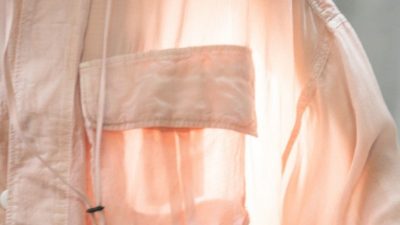
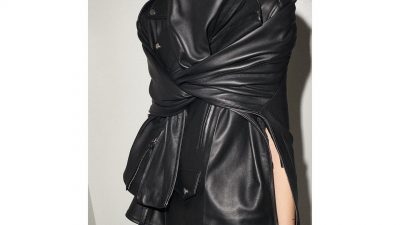
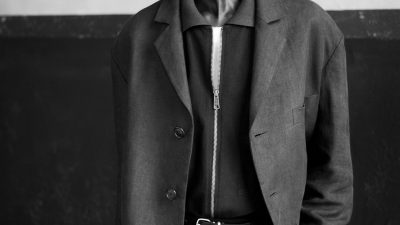














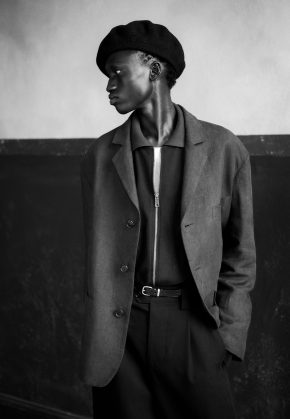

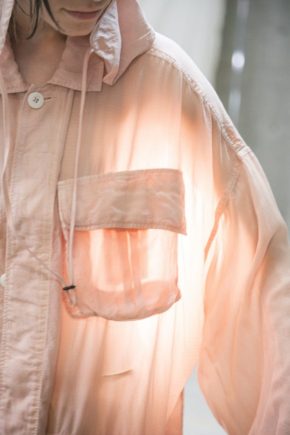
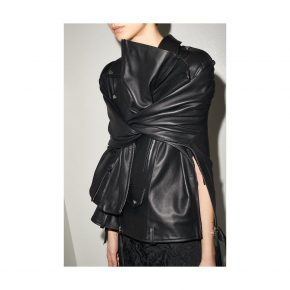
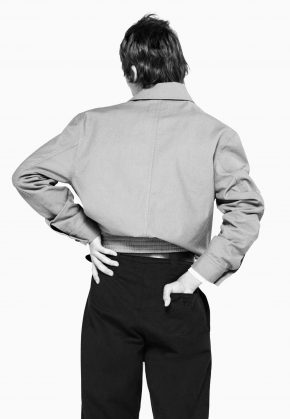

Comments